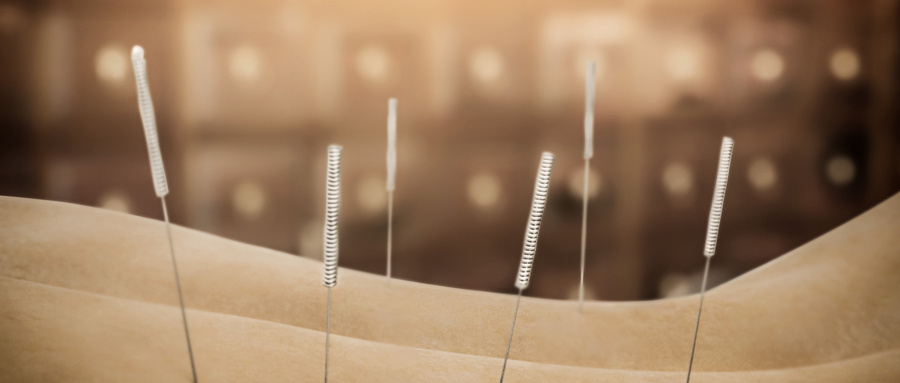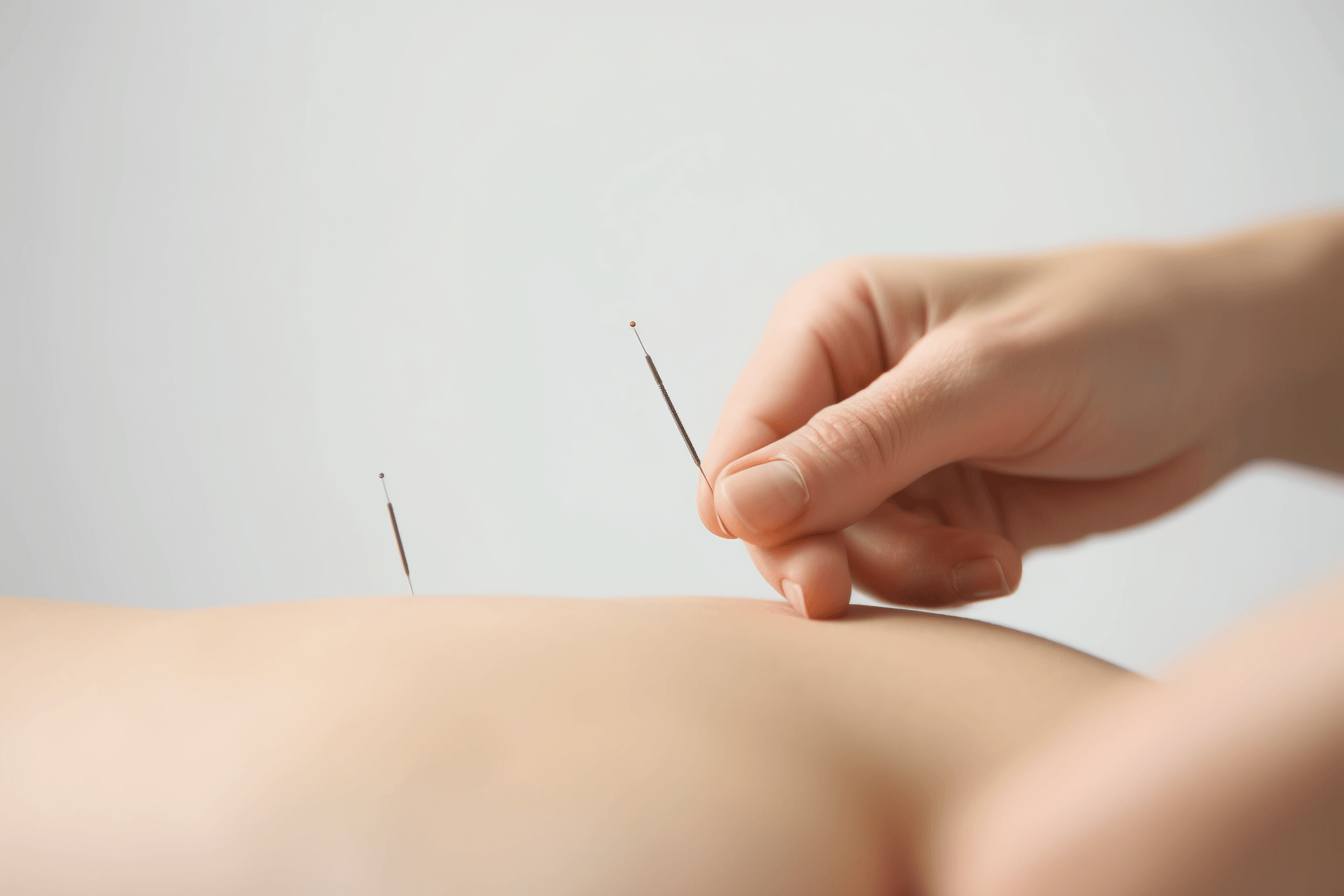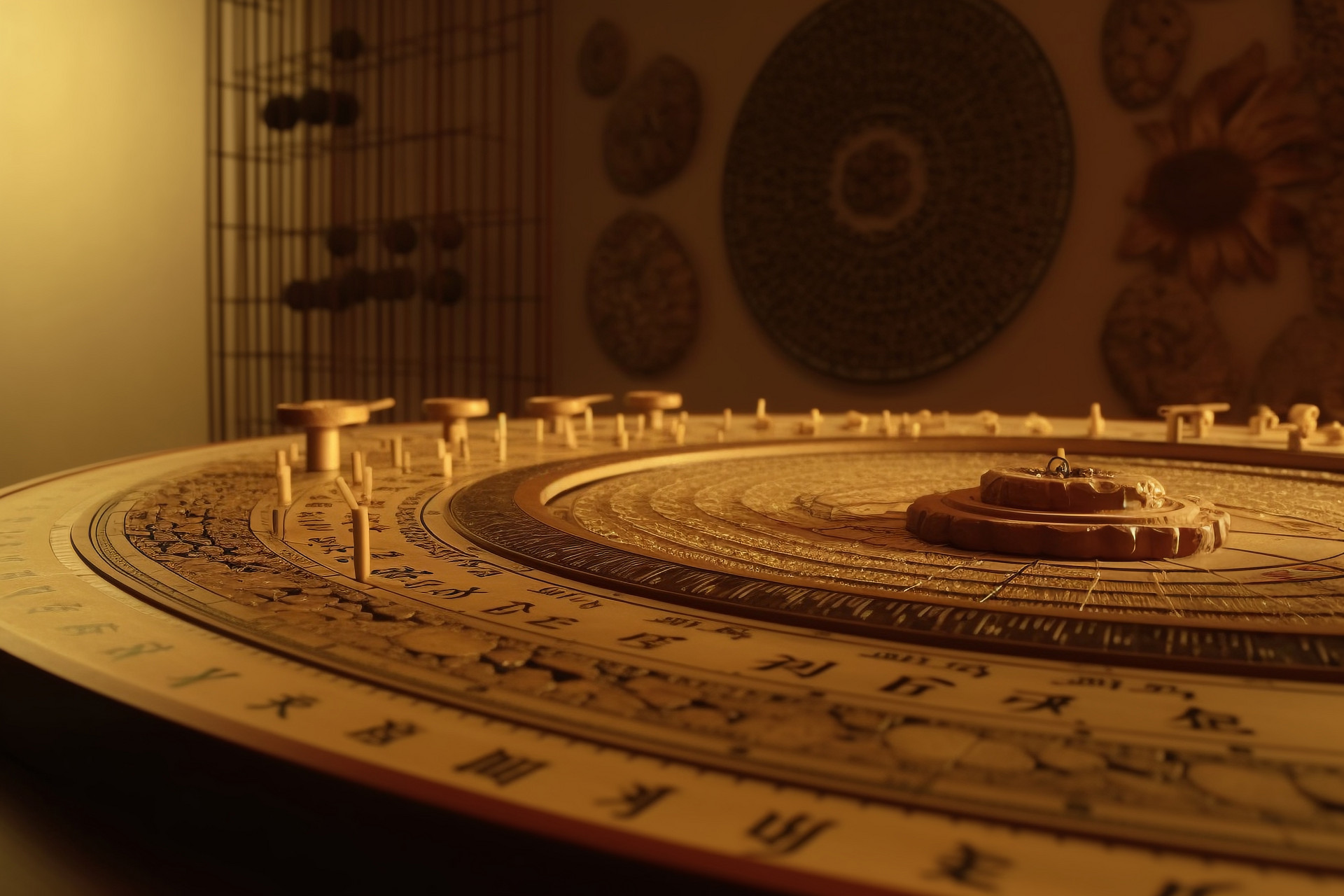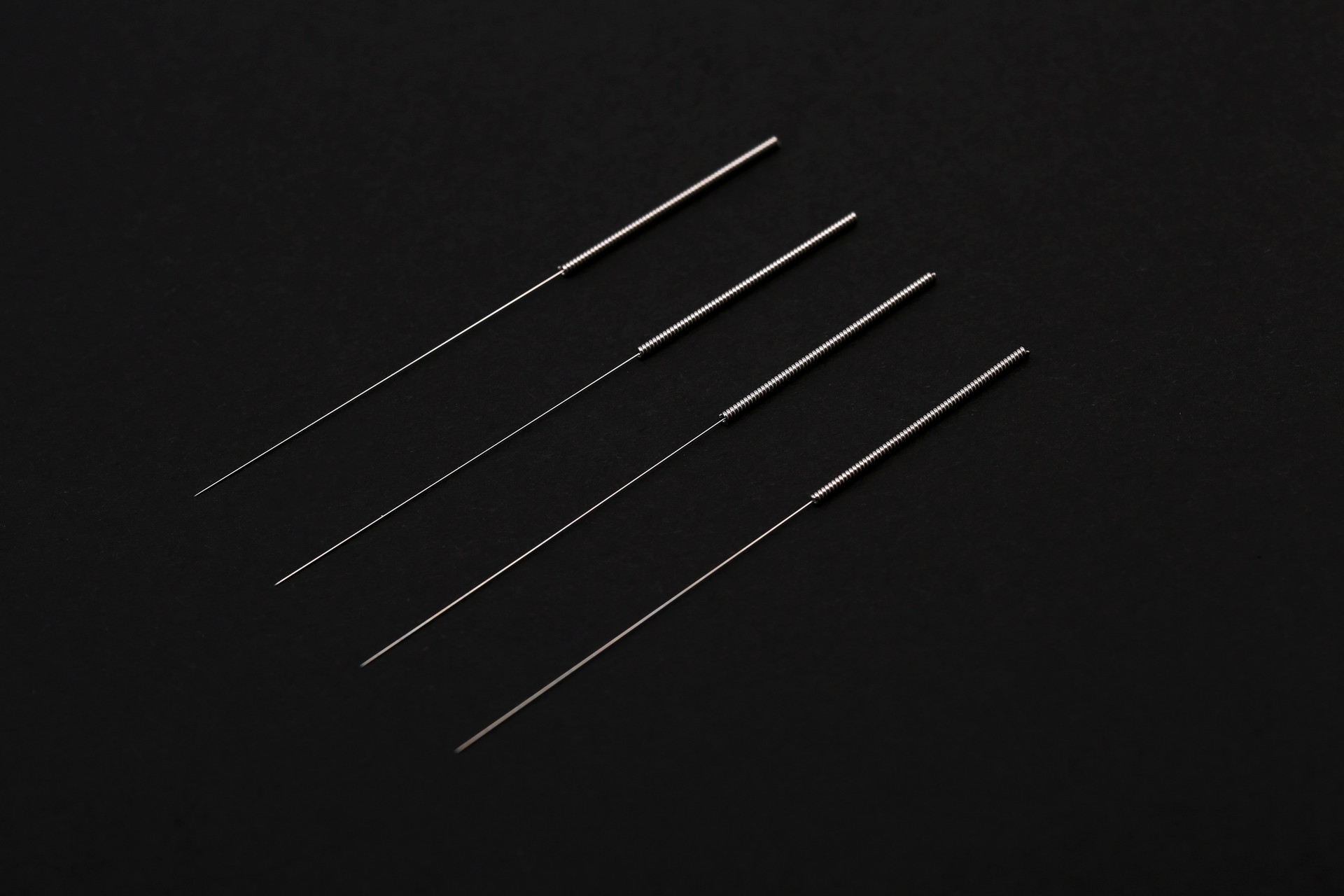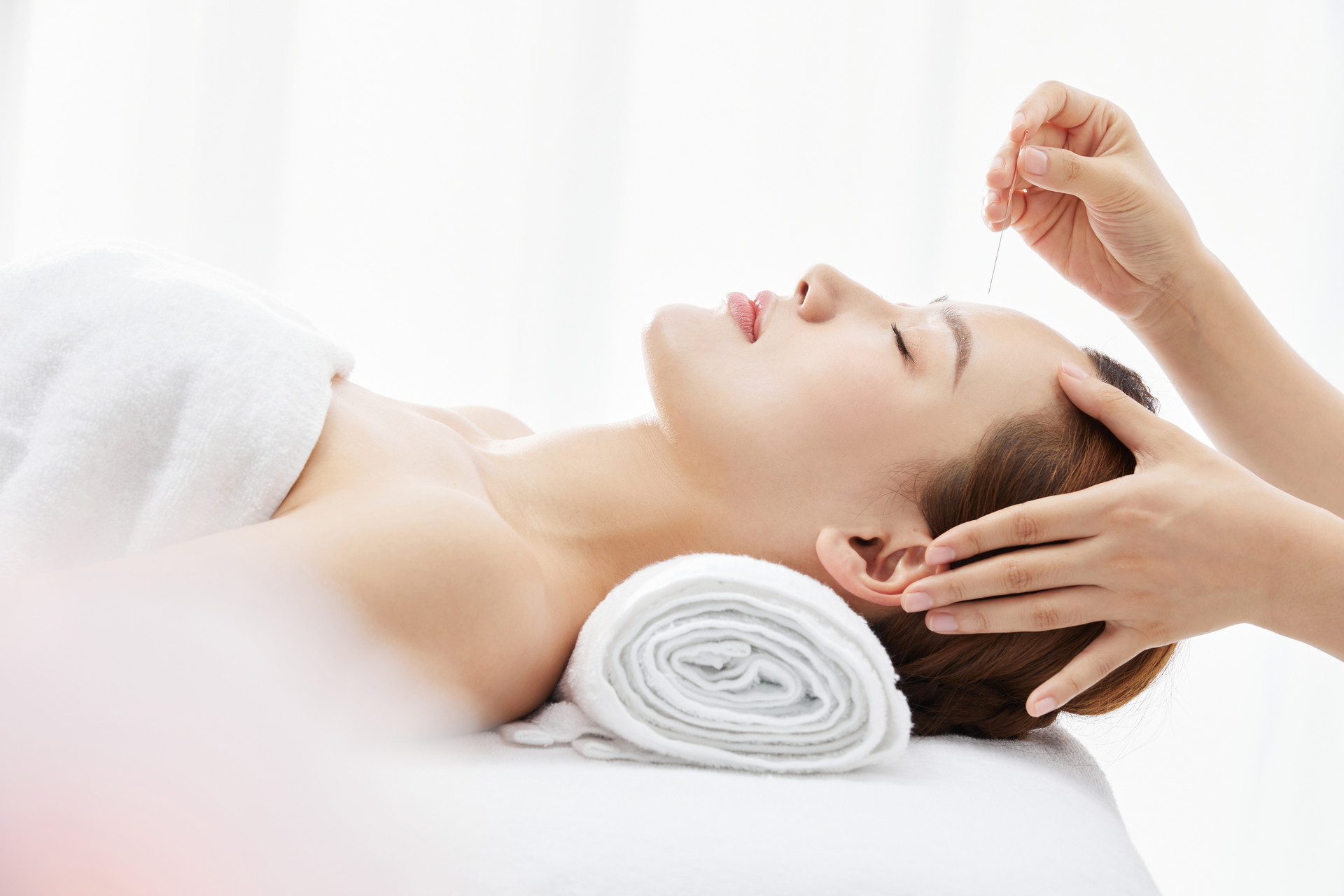Needle sensation is a deep sensation, some with clear localization, some with unclear localization. The nature of needle sensation is mostly sour, distending, heavy, numb, or electric shock-like, with sour and distending being the most common. In clinical practice, needle sensation can be singular or a combination of several sensations. There are also some less common needle sensations, such as twitching, crawling, heat, and cold.
Due to the varying complexity of the aforementioned tissue structures between different acupoints, the occurrence rate of different needle sensations produced by stimulating different tissues may also differ. This may be one of the inherent factors that determine the differences in needle sensation properties between different acupoints or even different depths of the same acupoint. Different stimulation methods result in different needle sensations. In the same acupoint (Neiguan), manual needling produces a sour and distending sensation, while electroacupuncture stimulation mostly produces a numb sensation. For example, when touching the same nerve trunk with an ophthalmic forceps, a numb sensation is felt, but when needling the same nerve, a sour sensation is felt. When separating its sheath membrane with a surgical knife, a numb sensation is produced, but when rubbing it with the hand, a heavy sensation is felt.
Human experiments have shown that needling the Yintang acupoint directly with a fine needle primarily produces a distending sensation. Direct needling of the Waiguan acupoint primarily produces a sour and distending sensation. Multiple needle sensations can occur when needling the Hegu, Neiguan, and Kunlun acupoints directly. By directly stimulating various exposed tissues during surgery and observing the patients' sensory reactions, it is found that although various tissues in the acupoint area, such as blood vessels, nerves, muscles, tendons, and fascia, can all cause sour, distending, heavy, or numb sensations, the frequency of occurrence differs for different tissues. Stimulating nerves more often causes numbness, stimulating muscles, tendons, and fascia more often causes sour and distending sensations, while stimulating blood vessels mostly causes pain.
Different needling techniques also result in different needle sensation properties. For example, during the lifting, thrusting, twisting technique at the Neiguan acupoint, the occurrence rate of numbness significantly increases compared to direct needling. This may be related to the easier stimulation of the median nerve during the lifting, thrusting, twisting technique. On the contrary, during the lifting, thrusting, twisting technique at the Hegu acupoint, the occurrence rate of numbness decreases and the occurrence rate of sour sensations significantly increases. Apart from the Hegu acupoint, the occurrence rate of sour sensations also increases to varying degrees during the lifting, thrusting, twisting technique at the Yintang, Waiguan, and Kunlun acupoints. This may indicate that mechanical stimulation produced by the lifting, thrusting, twisting technique is more likely to produce a sour sensation.


